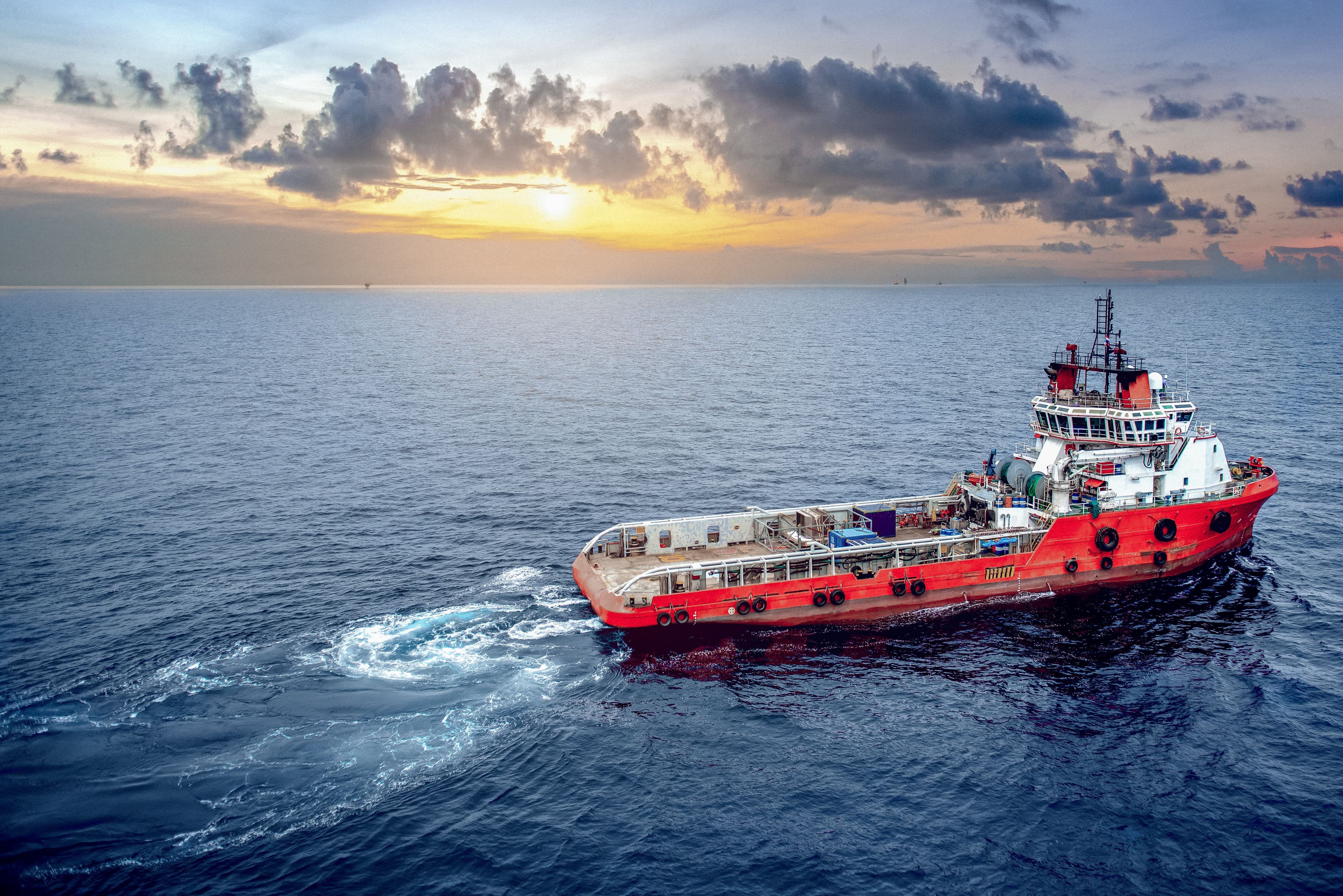
What is Involved in Offshore Pipeline Installation?
Offshore pipeline installation is a complex and fascinating process that plays a crucial role in the transportation of oil and gas from undersea fields to processing facilities on land or offshore platforms. The process involves several stages and employs advanced technology, making it a unique blend of engineering prowess and logistical planning.
1. Surveying and Planning
Before any pipes hit the water, extensive surveying and planning are necessary. This involves seabed mapping to understand the topography and identify potential obstacles like shipwrecks, boulders, or environmentally sensitive areas. Engineers use this data to plan the pipeline route, considering factors like the shortest distance, safety, environmental impact, and ease of installation.
2. Pipe Fabrication
The pipes used in offshore pipelines are not your average pipes. They are specially designed for the harsh marine environment and are often coated with corrosion-resistant materials. These pipes are fabricated onshore in lengths of up to 12 meters and then welded together to form longer sections called "stalks."
3. Transportation to the Installation Site
Once fabricated, these stalks are transported to the installation site. This is done using large, specially designed transportation vessels. The transportation process must be carefully managed to avoid any damage to the pipes.
4. Pipeline Installation Methods
Offshore pipeline installation is carried out using one of three primary methods:
-
S-Lay Method: The most common method, where the pipeline is assembled horizontally on the installation vessel and gradually lowered into the water in an 'S' shape. This method is efficient and versatile, suitable for shallow to mid-depth waters.
-
J-Lay Method: In deeper waters, the J-Lay method is more suitable. Here, the pipeline is assembled vertically and lowered straight down into the water, forming a 'J' shape. This method reduces the pipeline's stress, making it ideal for deep-water installations.
-
Reel-Lay Method: This innovative method involves winding the pipeline around a huge reel on the vessel. At the installation site, the pipeline is unreeled and straightened before being laid on the seabed. This method is fast and minimizes the time spent at sea.
5. Joining Sections and Lowering
On the vessel, the stalks are welded together to form the continuous pipeline. The welding process is critical and is usually automated for precision and strength. After welding, the pipeline is carefully lowered onto the seabed using a series of cranes and guides.
6. Monitoring and Testing
Once the pipeline is laid, it undergoes rigorous testing to ensure it's watertight and can withstand the pressures of the marine environment. This includes hydrostatic testing, where water is pumped through the pipeline at high pressure.
7. Trenching and Burial
In some cases, the pipeline may need to be buried for protection. This is done using specialized trenching equipment. The buried pipeline is then covered with rocks or other materials to prevent it from shifting.
8. Maintaining the Pipeline
After installation, the pipeline requires regular maintenance to ensure its longevity and safety. This includes periodic inspections, often done with remotely operated vehicles (ROVs), and maintenance on the protective coatings.
Conclusion
The installation of offshore pipelines is a testament to human engineering capabilities, combining advanced technologies with meticulous planning and execution. It’s a process that enables the reliable and safe transportation of vital energy resources, playing a significant role in the global energy infrastructure.